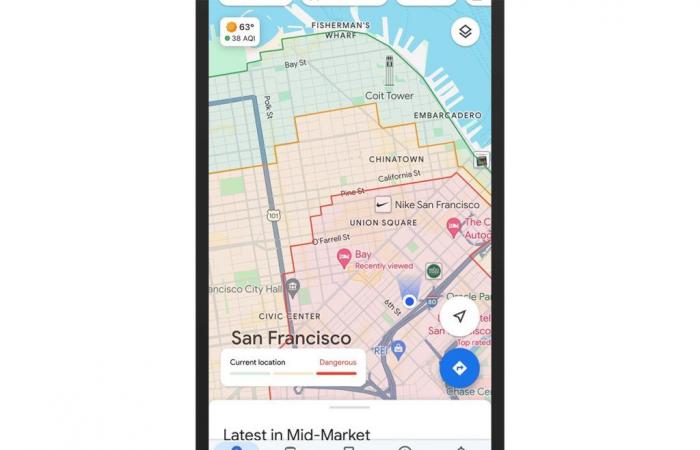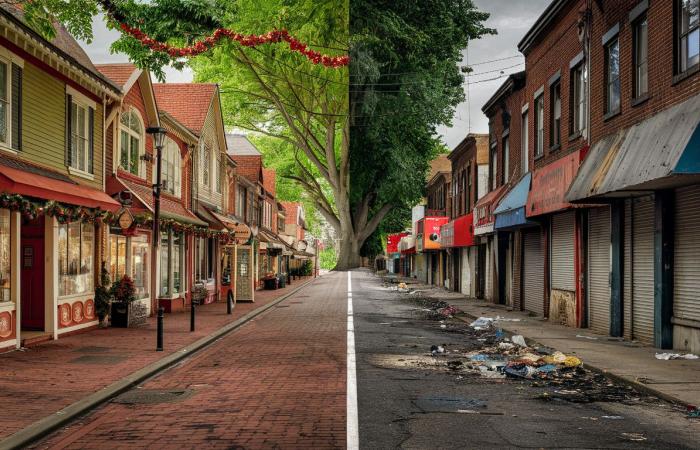It is likely that, on some occasion, while traveling in an unknown city, you have entered an undesirable neighborhood following a route provided by Google Maps. Being a tourist, this is even more dangerous, since they are the main objectives of the friends of other people.
Now, a former Google engineer has shed some light on the lack of a feature that avoids dangerous routes.
Kasey Klimes, who worked as a senior researcher for Google Maps between 2017 and 2021, explains that the discussion about this feature was a recurring topic, since it is technically feasible. However, There are reasons why Google Maps will probably never include this feature.
Google Maps: A large-scale global product
Google Maps has more than one billion users worldwide, making it a truly global product operating on an almost incomprehensible scale. This level of scale changes the way you should think about product development, especially in terms of the side effects that can arise.
The Google Maps algorithm currently selects the fastest route between your location and your destination, meaning that each segment of the road network has the same opportunity to be traveled, given the common denominator of location/destination and the connectivity of the segments. of streets. This algorithm is basically objective and fair.
The introduction of new variables and biases
Any change to “pleasant” or “scenic” routes would require the addition of a new subset of variables, such as beautiful architecture, street trees, etc. This change would naturally introduce biases into the system, especially on a global scale. While this bias is not inherently negative, it is crucial to examine its nature.
Let’s consider two streets: which one would a new “safe” routing algorithm choose? The answer will almost always be the street in a higher income community.
There is tons of research on these correlations; for example, low-income communities have significantly fewer trees than high-income communities.
The consequences of biases in navigation
Here’s the problem: due to the global scale of Google Maps, Even a small change in shipping route could create a feedback loop that reinforces spatial inequality.
Inadvertently diverting foot traffic from low-income streets to high-income streets not only takes revenue and potentially tax dollars away from less advantaged communities, but also funnels those resources toward wealthier communities.
In short, although the idea of avoiding dangerous routes on Google Maps may seem attractive and useful, the large-scale implications and possible side effects reinforce the inequality of spaces, making this feature unviable for a platform that operates at a global level like Google Maps.



